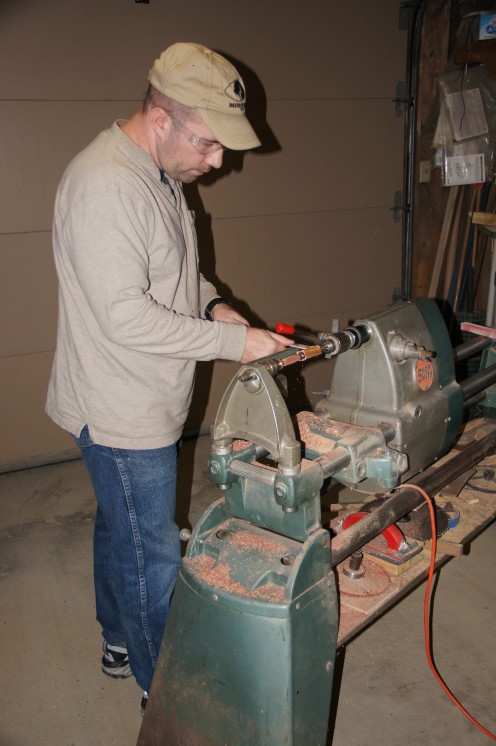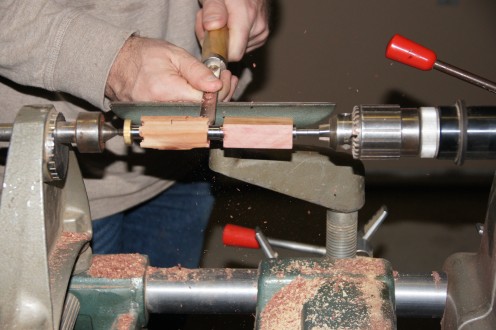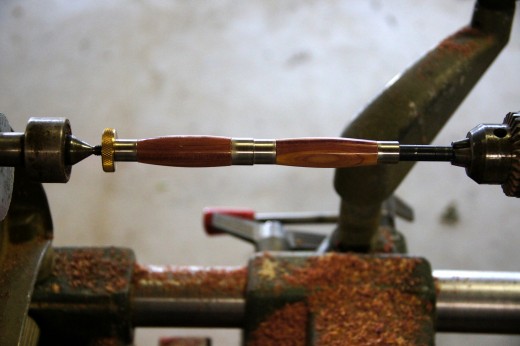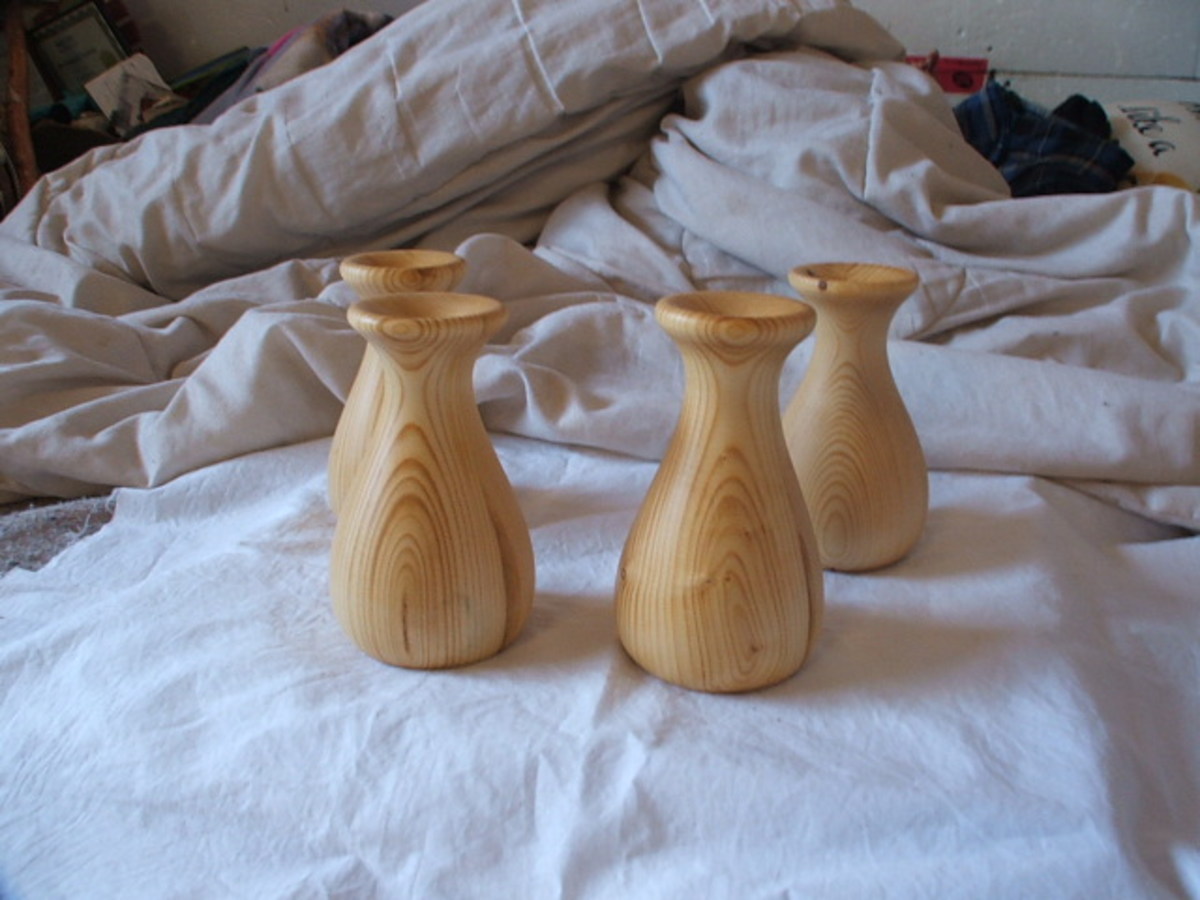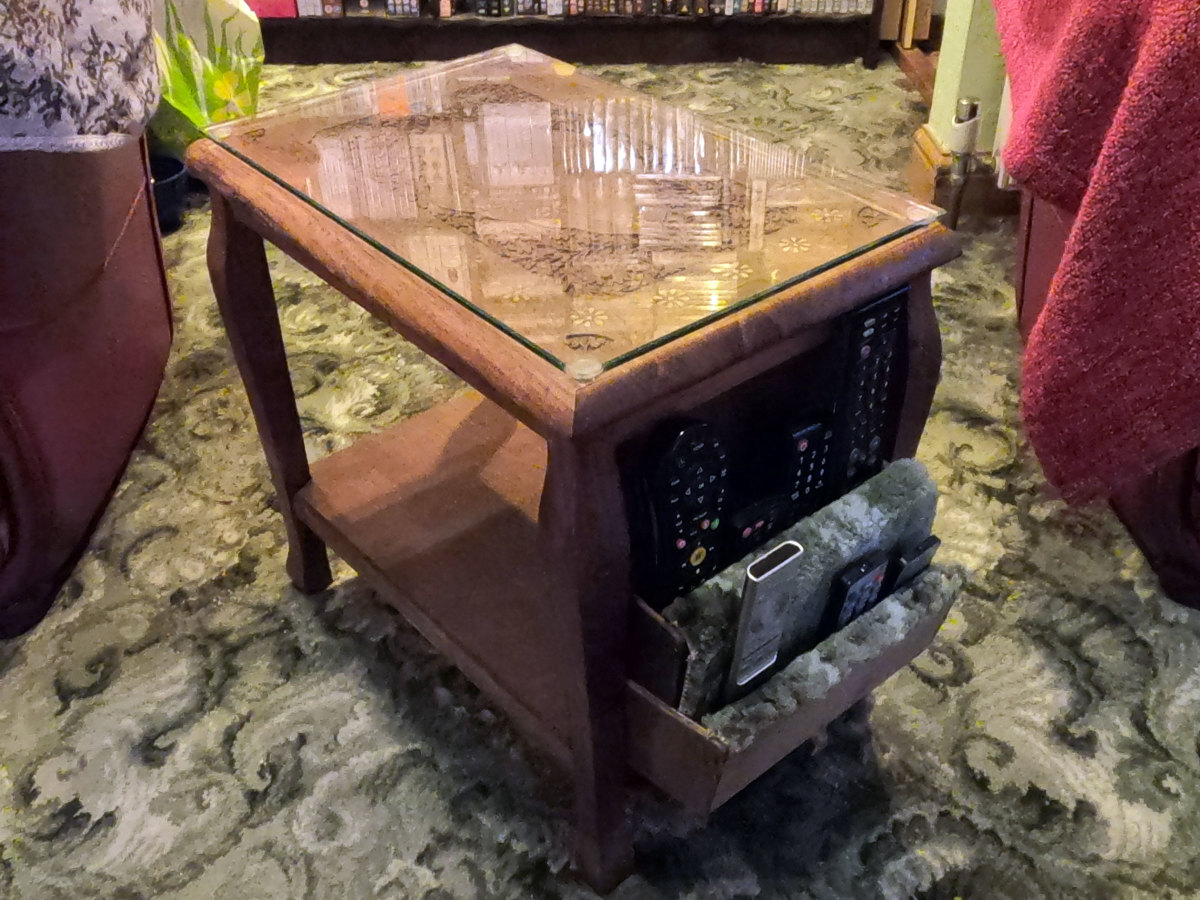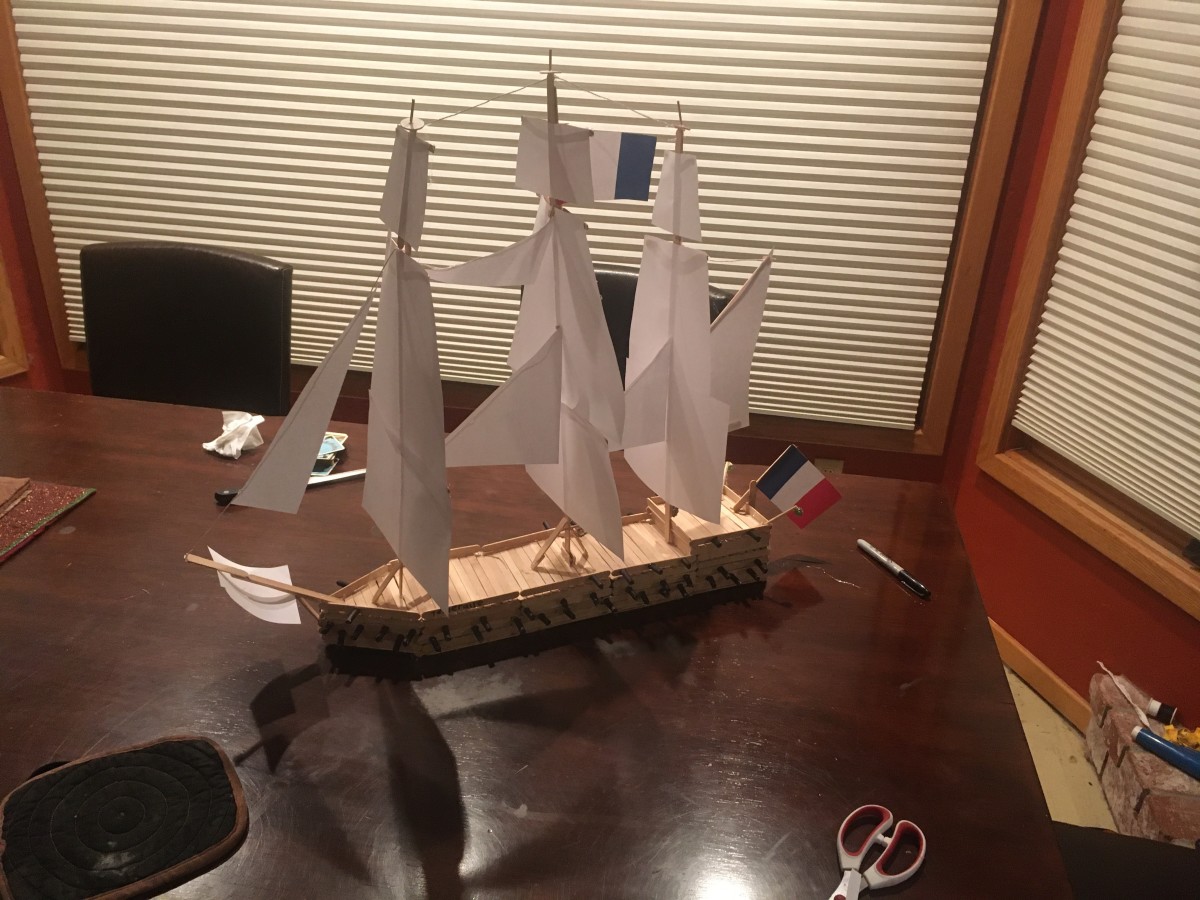Turning wooden pens
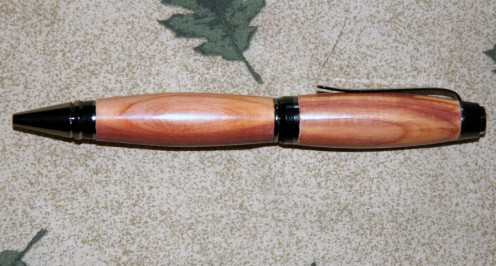
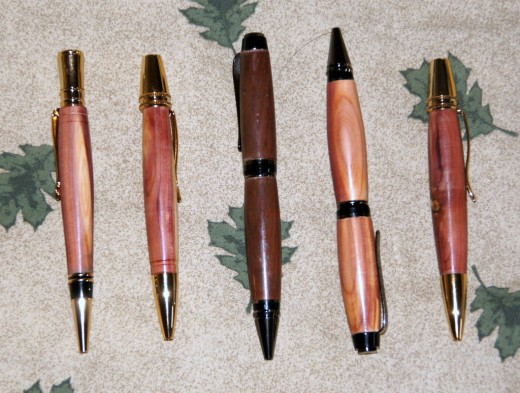
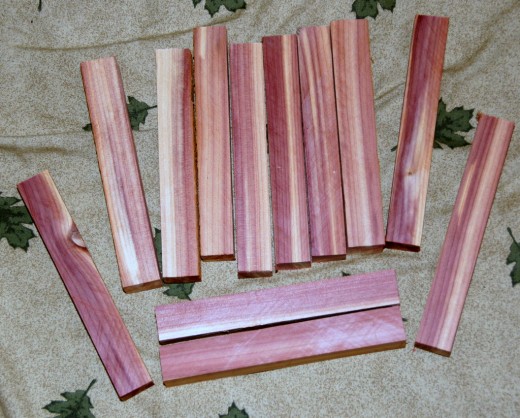
I love woodworking, and one of the byproducts of woodworking is lots of little wood scraps. Since I have always been a believer in making the most of what you have, I began a search for a use for that pile of waste wood. One day, while cruising the Internet, I discovered something that could be the ticket to making better use of our scrap lumber: making custom wooden pens on the wood lathe. While I have only been in the pen making business for a short time, I can say without a doubt that pen making is a craft that anyone who is handy can learn.
Why turn pens? First of all, I am a fan of wood turning. For years, I have made all sorts of things for the home on the wood lathe…bowls, candlestick holders, salt and pepper shakers, and so on. While pen making was a new venture for me, this seemed to be an easy project compared to some of the other items that I had turned in the past. Since I was already into wood turning, I already had most of the equipment that I would need, save for a few items specific to pen turning.
Equipment needed
As I mentioned earlier, the equipment needed to build pens is minimal. If you are an experienced woodworker, you may already have much of the equipment needed. The primary equipment needed will be a lathe, turning tools, drill press (with an assortment of drill bits), pen mandrel, barrel trimmer, a press or bench vise, and some type of saw for cutting the pen blanks.
Wood lathes come in a great variety of sizes. Fortunately, since pens are so small, it is possible to turn them on the small mini-lathes….which also happen to be the least expensive lathes on the market. However, before spending your hard earned dollars on a mini-lathe, ask yourself if you plan to do any wood turning other than pens. If so, then you may want to avoid a mini-lathe and go with a larger model that will allow you to turn larger work. I personally use a Shopsmith (a sort of woodworker’s multi-tool that combines drill press, lathe, and table saw into one unit) for all of my turning work.
The pen mandrel and barrel trimmer are tools unique to pen making. The pen mandrel is essentially a long rod that holds the pen body during lathe work. Each type of pen has a specific set of bushings that mount on either end of the blank to act as a guide during turning. The barrel trimmer is a small, drill mounted tool which will trim the blank to the exact size of the pen tube. Each of these tools is fairly inexpensive.
Creating a Pen
The creation of a pen begins with the preparation of the blank. I typically cut my blanks to 7/8” by 7/8” (although I sometime go larger if I plan to do any special turning on the pen); length will vary depending on the particular type of pen I am making (essentially, the blank needs to be slightly longer than the pen tube). Once the blank is cut to size, the blank is then drilled for the pen tube. While there are commercially made fixtures for holding blanks in the drill press, I use a simple, shop-made wooden jig with clamps to hold the blank in place while drilling. After drilling, the pen tube can be glued in place, using either cyanoacrylate glue (such as super glue), or polyurethane glue (such as gorilla glue). I prefer to use polyurethane glue, as it gives me a longer working time. After glue-up, I allow the blanks to cure overnight.
After the glue has cured, the blank must be trimmed with the barrel trimmer. The barrel trimmer is a small, drill mounted tool which will trim the blank to the exact size of the pen tube. After trimming, the blank can now be mounted on the mandrel for turning in the lathe. Mount the mandrel in the lathe, and it is time to start turning.
Turning the pens on the lathe is my favorite part of the process, as it allows my artistic side to show through. The shape of the pen is only limited by your imagination and skill with the turning tools. After turning the general shape, I sometimes add a series of small grooves, or a scalloped area, to add more character to the pen.
After shaping the blank into the pen body, finishing can take place. With the pen body still spinning in the lathe, sand the body. I start with a fine grit sanding sponge, being careful to get all tool marks out of the pens body. After sanding with the sponge, I switch to abrasive called micromesh. Micromesh is like very fine sandpaper with a foam backing, and runs from 1,500 grit to 12,000 grit. Beginning with the 1500 grit micromesh, I continue to sand the pen body (still spinning in the lathe) with progressively finer micromesh. By the time I have reached the 12,000 grit micromesh, the body of the pen is as smooth as glass.
After the micromesh, I finish with a buffing pad impregnated with carnauba wax. The friction of the buffing pad held against the spinning pen body heats the wax to the paint of melting, creating a thin, even coat of wax which polishes to a high gloss.
Some open pore woods (such as walnut) require the addition of a coat of sanding sealer between sanding and finishing. Essentially, a sanding sealer fills in the pores of the wood for an even finish. Without the sanding sealer, the wax will fill the pores but not polish, leaving little white dots where the pores are located. Some people may like the white dot look, but it just doesn’t work for me.
After polishing, the pen can be assembled. Each type of pen is assembled somewhat differently, but the basics are the same. An insert is pressed into each end of the pen body using a bench vise or some other pressing tool. After the inserts are pressed in, it is a simple matter of installing the ink cartridge and twist mechanism (assuming it is a twist pen), and screwing on the end caps.
So is pen turning for you? If you already have a lathe and enjoy wood turning, I think this is something you might enjoy. And if you have never done any wood turning, pens are relatively easy to make compared to other turning projects…so give it a try!
